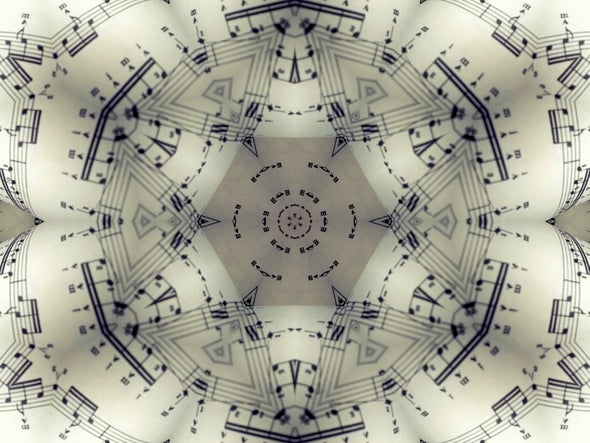
A new statistical study of 8,000 musical compositions suggests that there really is a difference between music and noise: time-irreversibility. From The Smithsonian:
Noise can sound the same played forwards or backward in time, but composed music sounds dramatically different in those two time directions.
Compared with systems made of millions of particles, a typical musical composition consisting of thousands of notes is relatively short. Counterintuitively, that brevity makes statistically studying most music much harder, akin to determining the precise trajectory of a massive landslide based solely on the motions of a few tumbling grains of sand. For this study, however, [Lucas Lacasa, a physicist at Queen Mary University of London] and his co-authors exploited and enhanced novel methods particularly successful at extracting patterns from small samples. By translating sequences of sounds from any given composition into a specific type of diagrams or graphs, the researchers were able to marshal the power of graph theory to calculate time irreversibility.
In a time-irreversible music piece, the sense of directionality in time may help the listener generate expectations. The most compelling compositions, then, would be those that balance between breaking those expectations and fulfilling them—a sentiment with which anyone anticipating a catchy tune’s ‘hook’ would agree.